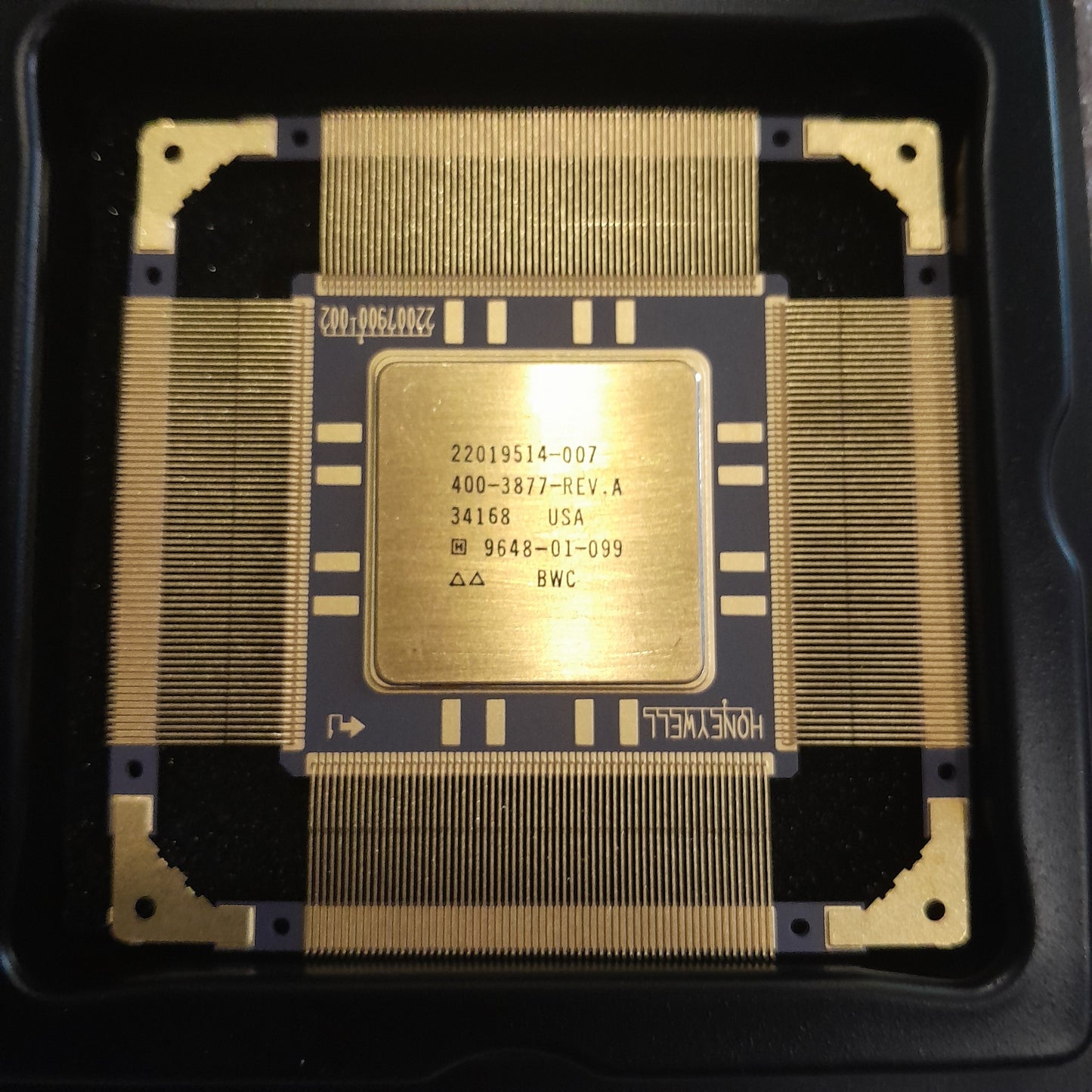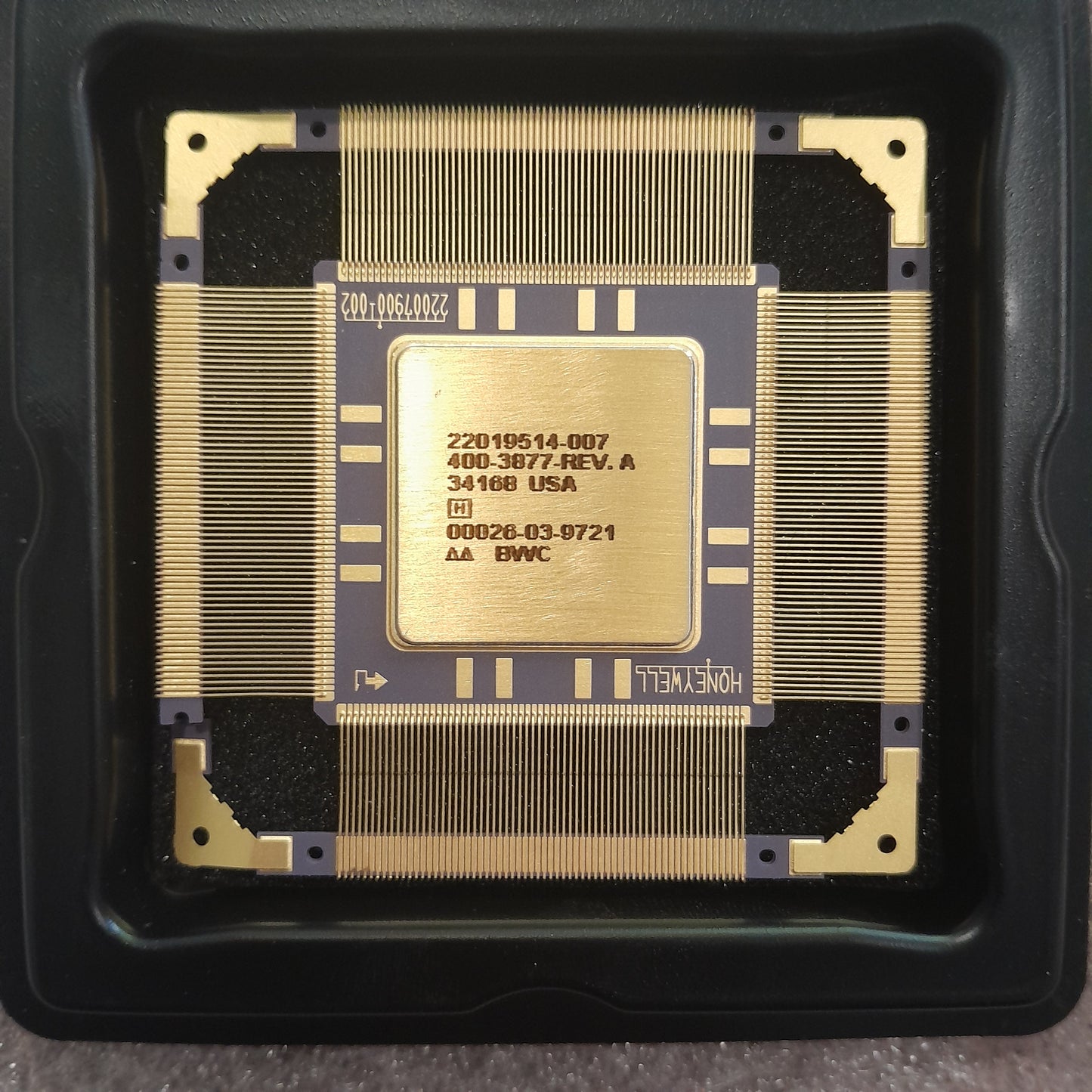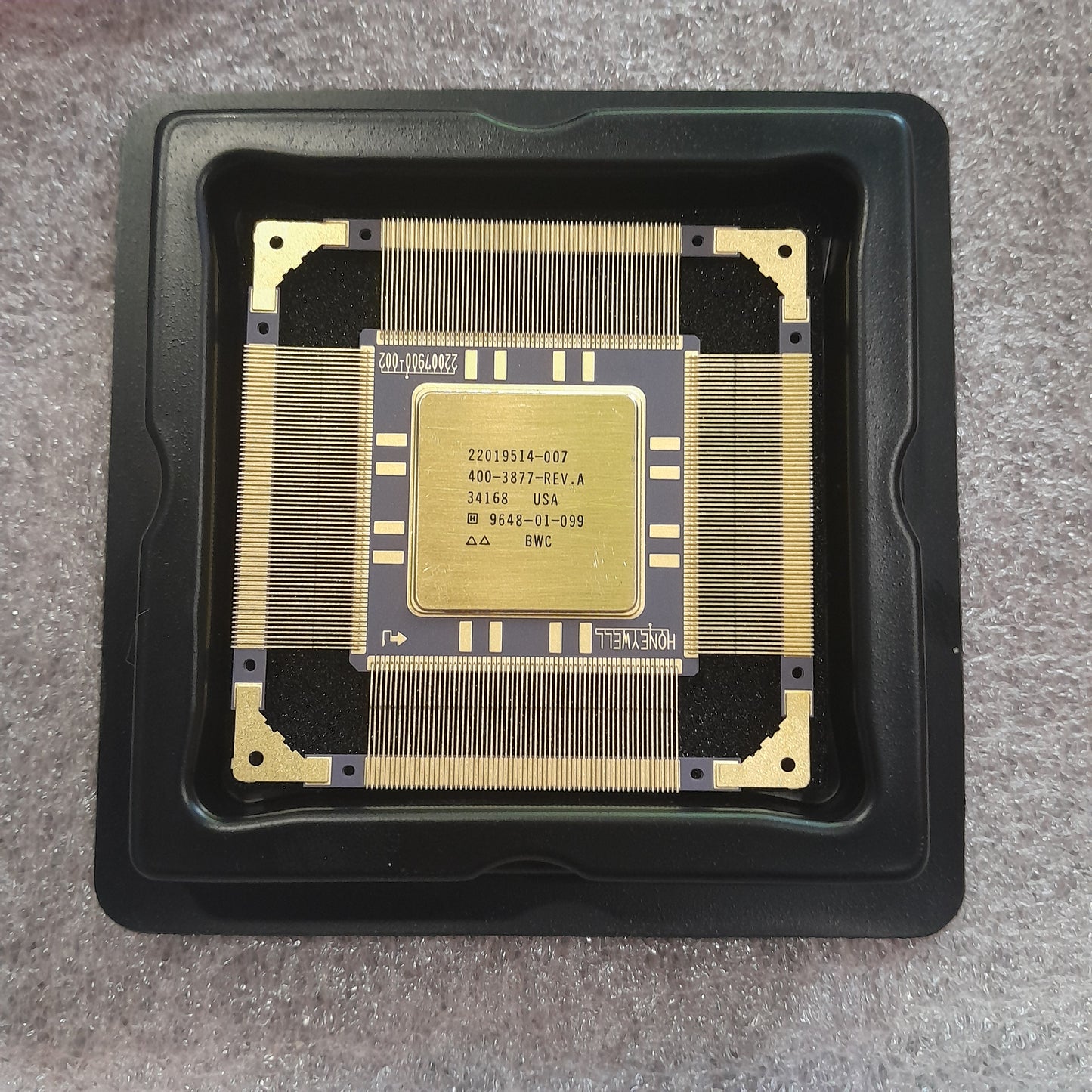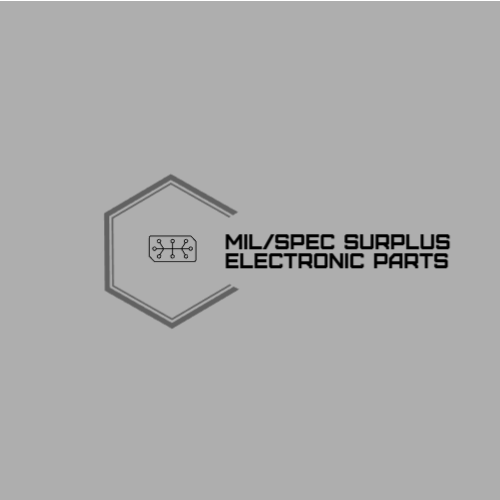MIL/SPEC SURPLUS ELECTRONICS (NOS)
**ATTENTION IC COLLECTORS** Honeywell HX1750, from Leigh Instruments, radiation-hardened 16-bit microprocessor implementing the MIL-STD-1750A instruction set architecture. (NOS MIL/SPEC, EXTREAMLY RARE)
**ATTENTION IC COLLECTORS** Honeywell HX1750, from Leigh Instruments, radiation-hardened 16-bit microprocessor implementing the MIL-STD-1750A instruction set architecture. (NOS MIL/SPEC, EXTREAMLY RARE)
Couldn't load pickup availability
IC chip appears to be a Honeywell HX1750, a radiation-hardened 16-bit microprocessor implementing the MIL-STD-1750A instruction set architecture. It was fabricated on Honeywell's RICMOS Silicon-on-Insulator (SOI) CMOS process for high-reliability applications.
What it is used for
This chip is designed for use in harsh environments, particularly space, aerospace, and military systems where radiation exposure is a concern (e.g., satellites, spacecraft avionics, missiles, and radiation-tolerant embedded computing). It integrates processing capabilities suitable for real-time control, data processing, and floating-point calculations in systems requiring fault tolerance and reliability, such as onboard computers for satellites or defense electronics.
Specs
Architecture: 16-bit microprocessor with MIL-STD-1750A instruction set; includes an integrated 40-bit floating-point unit (FPU), timers, counters, interrupt controller, and peripheral interface logic—all on a single chip.
Technology: Radiation-hardened SOI CMOS (0.65 µm effective gate length, or 0.55 µm for 3.3V variant).
Radiation Tolerance: Total dose hardness up to 1 MRad (Si); latch-up immune; single-event upset (SEU) rate < 1x10^-10 errors/bit-day.
Operating Voltage: 4.5V to 5.5V (standard) or 3.0V to 3.6V (low-voltage option), with 5V-tolerant I/O.
Clock Speed: Up to 40 MHz.
Power Consumption: Maximum 1W.
Temperature Range: -55°C to +125°C (case temperature).
Package: 100-pin unformed-lead chip carrier (a type of ceramic quad flatpack) or pin grid array variants (113-pin or 121-pin options available in related models).
I/O: TTL/CMOS compatible; supports expanded memory (up to 1M words), DMA, and bus interfaces.
Other Features: Built-in self-test, fault detection, and support for expanded memory addressing; simplifies system design by reducing external components.
Share






